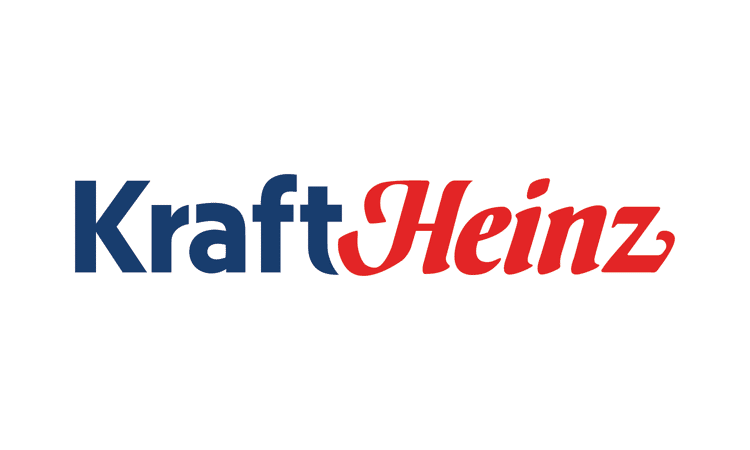Growing drive for recycling commitments

Laurel Brunner discusses how world-famous food and beverage company Kraft Heinz is improving its sustainability commitments with the aim of having 100% recyclable packaging by 2025.
Kraft Heinz is the fifth largest food and beverage company in the world, so it purchases a lot of print. Lately, Kraft Heinz has been more aware and paying more attention to its environmental impact, particularly to its recycling objectives.
Under the guidance of the company’s new CEO, Bernardo Hees, it has renewed its sustainability commitments. It has published its Corporate Social Responsibility (CSR) programme 2015 which outlines plans to reduce greenhouse gas emissions, water consumption, waste to landfill and energy consumption emissions by 15% by the year 2020. By 2025, Kraft Heinz intends for all its packaging to be 100% recyclable, reusable and compostable. This objective means that it will utilise more recyclable plastics and increase the usage of paper and board. Importantly, Kraft Heinz’s CSR commitment extends to the company’s supply chain, which includes packaging designers and print service providers.
Hees commented: “We discovered that a majority of our emissions are actually coming from areas outside our direct operations. To be truly successful as champions of sustainability, we plan to review our full value chain and determine where we can make the greatest impact for the planet.” The outcome is that any company that provides print media services for Kraft Heinz branded products should have policies that support sustainability.
Designers, agencies and print service providers that work on product packaging can work with Kraft Heinz to back this effort with environmentally friendly packaging designs and production models. ISO’s technical committee for graphics technology has various documents to assist with this. This will hopefully encourage more people to view recyclability as part of their packaging design criteria.
Packaging designs can optimise sustainability in numerous ways. Examples include reducing excess components and complex production and increasing the use of recyclable materials. Production can be organised to be as close as possible to its point of use to reduce transport emissions. Waste handling can also be supported pre and post-consumer by print service providers working in conjunction with the brands.
Kraft Heinz has a global presence, which makes its work towards a circular economy very relevant worldwide. It is working with Environmental Packaging International, a consulting group to help improve packaging solutions and develop technical improvements and recycling rates. The company is partnering with relevant industry associations and organisations to look at the technical, end-of-life and infrastruction options available to it. Kraft Heinz is exploring what is needed and investing in what is required. It is going beyond maximising the amount of recycled materials featured in packaging and reducing packaging volumes. The company has already successfully minimized the overall weight of its global packaging by 50,000 metric tonnes. It is now working on making the PET bottle used in its tomato ketchup entirely circular by 2022. The new PET will utilise recyclable material that can be processed into new food grade plastic.
What does this mean for print service providers? This means an improved workflow and more efficient colour management. It means doing carbon footprint calculations for packaging based on ISO 16759 for calculating the carbon footprint of print. It also means managing waste control and logistics optimisation. All of these and other additional ideas can be developed to support the Kraft Heinz expectations and those of its competitors in the packaging supply chain. More details will be made available in the company’s sustainability report which will be out later this year.
Source: This article was produced by the Verdigris project, an industry initiative intended to raise awareness of print’s positive environmental impact. This commentary helps printing companies keep up to date with environmental standards, and how environmentally friendly business management can help improve their bottom lines. Verdigris is supported by the following companies: Agfa Graphics, Spindrift.click, EFI, FESPA, HP, Kodak, Kornit Digital, Ricoh, Splash PR, Unity Publishing and Xeikon.
Topics
Interested in joining our community?
Enquire today about joining your local FESPA Association or FESPA Direct
Recent news

Streamlining personalisation with tech: Insights from the SmartHub Conference 2025 speakers
Personalisation Experience 2025 (6 – 9 May 2025, Messe Berlin, Germany) is running its inaugural SmartHub Conference from 6 – 8 May 2025.

Special Effects in DTF: How Neon Inks Are Making Apparel Pop
Neon fluorescent inks are the latest innovation in DTF printing, offering vibrant, eye-catching effects under both daylight and UV light, giving apparel decorators a competitive edge. Testing shows good wash durability, though market perception of added value is still developing. With increasing adoption and ongoing technological advancements, neon represents a significant upgrade for creative customisation.

Unlocking Growth Opportunities in the Printed Personalised Apparel Industry
The printed personalised apparel industry is booming, projected to reach $10.1 billion by 2030. Driven by consumer desire for self-expression and branding needs, technological advancements like DTG/DTF and e-commerce integration are key. Sustainability, eco-friendly materials, and on-demand printing are crucial growth drivers. Businesses leveraging these trends, including AI and social media, have significant commercial potential.

How to grow your business with white ink applications
Opaque white ink is revolutionising signage, vehicle graphics, wallcoverings, short-run and wood packaging, and window blinds by enhancing vibrancy and clarity. This enables printers to offer high-demand, standout products, boosting profit margins. HP Latex white ink applications and their large format printing solutions will be showcased at FESPA 2025 in Berlin.